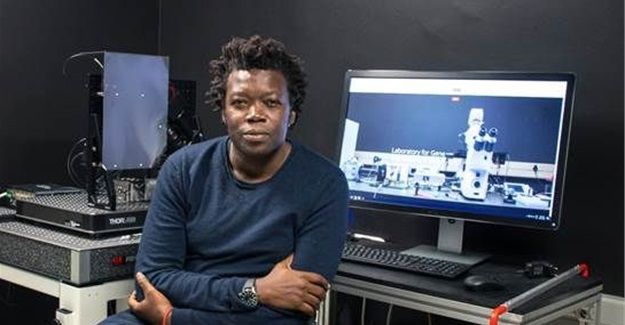
Related
Top stories


Marketing & MediaCammy Msimango on finding her footing in South Africa’s fast-moving digital newsroom
Esther Tomorrow, MDNTV 21 hours




More news




Two important actors reside within the immune system; the innate and adaptive immune systems. The adaptive system is made up of lymphoid cells (T-cells and B-cells) which retain a memory of prior exposures to pathogens, infections and diseases. This memory can be ‘written’ to lymphoid cells by vaccines, for example, resulting in accelerated responses by the immune system to re-exposure to the infection or pathogen or even chronic diseases like cancer. The innate immune system is made up of myeloid cells (monocytes and macrophages) which historically have been thought to possess no such memory of prior exposures to pathogens, infections or disease.
In recent years, a phenomenon termed ‘trained immunity’ has been discovered and described by the laboratory of Professor Mihai Netea in The Netherlands, where it was observed that myeloid cells also retain a memory of prior exposures, though the mechanism was unknown. This memory appeared to be ‘written’ in chemical changes at the level of proteins associated with DNA encoding individual genes regulating the immune system in myeloid cells.
A team of scientists from the University of Cape Town (UCT), the Institute for Infectious Disease and Molecular Medicine – based in UCT’s Faculty of Health Sciences – and the Council for Scientific and Industrial Research (CSIR), led by Professor Musa Mhlanga, has now unravelled and clarified the mechanism. Using the tools of genomics, bioinformatics, single-molecule imaging and gene editing, the authors demonstrated that another recently discovered group of biological molecules, called long non-coding RNAs (lncRNA), regulate the epigenetic acquisition of memory at immune genes that occurs during trained immune responses.
“The immune system sits at the apex of our protection against all diseases, ranging from infectious diseases to chronic diseases, such as cancer and diabetes," says first author and CSIR senior researcher, Dr Stephanie Fanucchi. Fanucchi. “This groundbreaking discovery of these lncRNAs can now be exploited therapeutically to discretely alter the immune response to treat a plethora of inflammatory-based diseases such as cancer and inflammatory bowel disease. Alternatively, this knowledge may be useful to boost the training of the immune system, to enable individuals with weakened immune systems to clear infections.”
In their study, Mhlanga, from UCT/IDM, and colleagues characterise an example of one lncRNA called Umlilo, aptly named after the Zulu word for fire, which regulates how inflammatory genes retain a memory of prior exposures. These genes regulate inflammatory responses implicated in several major diseases including tuberculosis, chronic obstructive pulmonary disease, ischaemic heart disease, cystic fibrosis and autoimmune disease.
“Our study provides the first mechanistic explanation for how trained immunity works and exposes it to highly targeted intervention in immunomodulation, one of the largest therapeutic areas in the pharmaceutical industry. Broadly, it contributes to our fundamental understanding of immunology and gene regulation in general by indicating how gene expression can be influenced and maintain a persistent and heritable memory of environmental exposures. This memory can be ‘written’ and ‘erased’ continuously via environmental exposures over the lifetime of an individual," he said.
Second author Ezio Fok, a PhD student at UCT and the CSIR, who, under the supervision of Mhlanga, significantly contributed to the study, sees the very immediate practical result pertinent to South Africa from the study. “Recent studies have, for example, implicated trained immunity in the mechanism by which yellow fever vaccine and BCG (a tuberculosis vaccine) work. This indicates that measuring specific lncRNA levels may be a useful biomarker for assessing effective innate immune activation (for example, BCG-induced vaccination). This could be of major importance in public health today in assessing vaccine efficacy.”
The paper has been published by Nature Genetics.